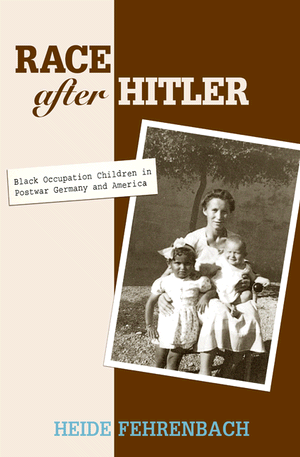Black, Red and Proud: An Interview with Radmilla Cody
The Root
2011-02-22
Cynthia Gordy
Radmilla Cody’s crowning as Miss Navajo Nation in 1997 triggered an outcry and a conversation about what it means to be Native American. Now she’s featured in a museum exhibit showing the rarely told history of African-Native Americans.
In a 1920 edition of the Journal of Negro History, Carter G. Woodson observed, “One of the longest unwritten chapters in the history of the United States is that treating of the relations of the Negroes and the Indians.” [See: C. G. Woodson, “Negroes and Indians in Massachusetts,” Journal of Negro History, Volume 5, Number 1 (January 1920).]
“Red/Black: Related Through History,” a new exhibit at Indianapolis’ Eiteljorg Museum of American Indians and Western Art, illuminates this rarely told story. Since the first arrival of enslaved Africans in North America, the relationships between African Americans and Native Americans have encompassed alliances and adversaries, as well as the indivisible blending of customs and culture.
“It’s not received a lot of attention because it’s not the dominant culture’s story, although it’s very important to the dominant culture’s bigger view of the past,” says James Nottage, curator of the exhibit, which includes narratives of enslaved blacks who traveled the Trail of Tears with their Native owners; slaves who intermarried into Native tribes as an escape from bondage; and the largely African-featured members of the Shinnecock tribe of New York, as well as shared traditions in food, dress and music…
…Cody, also the subject of a 2010 documentary, Hearing Radmilla, talked to The Root about growing up both black and Navajo, and how she handles frequent “Wow, you don’t look Indian” comments.
The Root: The experience of having your Miss Navajo Nation reign challenged calls to mind the debate over the Cherokee Freedmen. Is this a common issue across the Native community, of African-Native Americans having trouble finding acceptance?
Radmilla Cody: I grew up having to deal with racism and prejudices on both the Navajo and the black sides, and when I ran for Miss Navajo Nation, that especially brought out a lot of curiosity in people. It’s something that we’re still having to address as black Natives, still having to prove ourselves in some way or another, because at the end of the day, it all falls back to what people think a Native American should look like.
But there’s been many times when people have said to me, “Oh, my great-great-grandmother was an Indian.” I’ll ask them if they know what tribe, and they don’t. It’s very important because in order to be acknowledged as a tribal member, you have to be enrolled. So I can see where Native people are protective about defining who’s a tribal member, and are questioning of people claiming Native ancestry…
…TR: What does that preparation entail, exactly? I understand it’s not a typical pageant.
RC: Basically you’re tested on your knowledge of the Navajo government, the culture, the stories, the songs and the Navajo philosophy of life. You’re tested on butchering a sheep and making fry bread and other traditional foods of the Navajo people. It usually lasts about a week. What separates our pageant from the Miss USA pageant is the bikini—we don’t have a swimsuit category!…
Read the entire article here.

